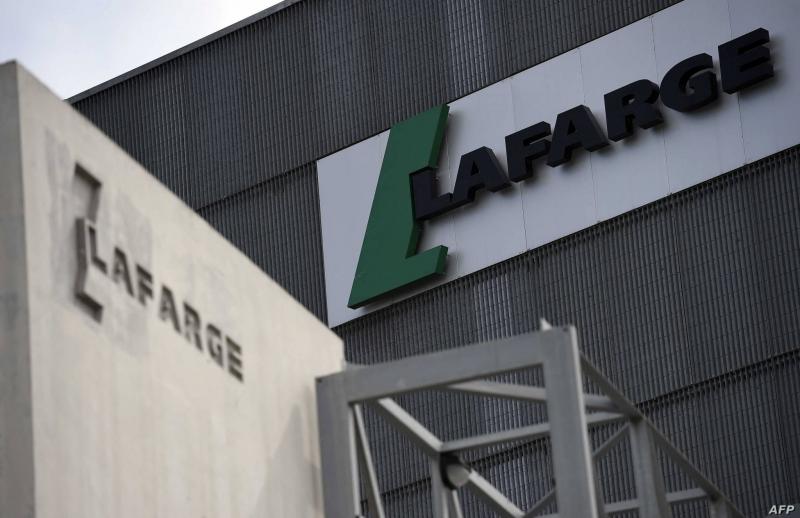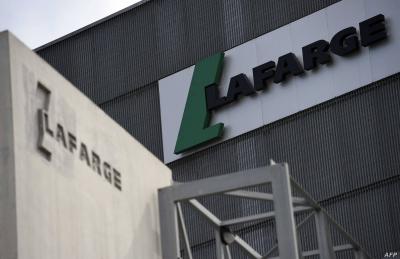Western intelligence agencies utilized a cement factory in Syria, which was central to a French investigation into financing terrorism, to gather information on hostages held by ISIS, according to a Jordanian intelligence officer involved in the espionage efforts. The officer told the British newspaper "The Guardian" that the Lafarge factory, which continued operating after ISIS invaded Eastern Syria, was the focus of a failed attempt to rescue up to 30 hostages. Among those captured by the group were American journalist James Foley, British photographer John Cantlie, and Jordanian pilot Muath al-Kasasbeh, whose deaths were later confirmed for two of them.
This week, the French judiciary ruled that Lafarge could be investigated again regarding allegations of complicity in crimes against humanity due to its dealings in Syria, following a previous court ruling that spared the company from investigation. In the lawsuit opened in 2017, it is suspected that the "Lafarge SA" group paid approximately 13 million euros in 2013 and 2014 through its Syrian branch "Lafarge Cement Syria" to jihadist groups including ISIS and to intermediaries to ensure the continued operation of its branch amid the ongoing war in the country.
The newspaper stated that the role of the Jordanian intelligence officer could also raise questions about the influence of intelligence agencies on sensitive business decisions of major companies and the unannounced role of the French government in maintaining the factory's operations. The newspaper quoted an unnamed senior intelligence source saying, "The decision is bigger than Lafarge" and that the court case does not reveal all aspects of the story.
It reported that senior French officials have not faced public scrutiny and were not identified in a report subsequently commissioned by Lafarge Holcim, prepared by the law firm Baker McKenzie. According to the newspaper, the officer, Ahmad Al-Jaloudi, regularly shuttled between the factory and Amman to inform regional and global intelligence leaders about the alleged whereabouts of the hostages. At one point, he traced them to an oil factory near Raqqa in Eastern Syria.
Al-Jaloudi, who had the public job title of Chief Risk Officer at Lafarge, traveled to Raqqa to deal with a senior ISIS leader in an attempt to secure the release of the Jordanian pilot whose F-16 fighter jet crashed near Raqqa. Al-Jaloudi, a seasoned officer in Jordan's General Intelligence Directorate, spoke to the newspaper this month, expressing pride in the work he did to ensure the release of the hostages, including the Jordanian pilot. He clarified that he provided accurate intelligence that could have led to "the rescue of the captives," without playing any role in the company's business operations.
Intelligence agents from Turkey, the UK, the US, and Jordan were aware of the efforts of the Jordanian spy, according to the newspaper. A second source within ISIS confirmed to the newspaper that the oil factory was used as a detention center. The rescue mission began at that time, but the hostages had been moved just days before the operation was to take place.
An internal report commissioned by Lafarge Holcim, which resulted from the merger of French Lafarge and Swiss Holcim in 2015, highlighted the transfer of funds from Lafarge's Syrian branch to intermediaries to negotiate with "armed groups." However, Lafarge in Syria has always denied any responsibility for these funds reaching terrorist organizations.




